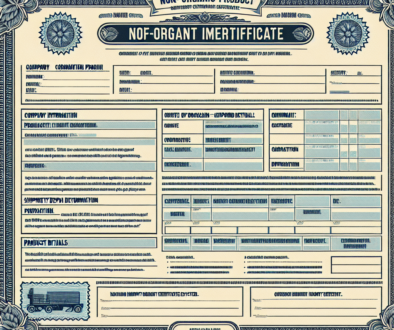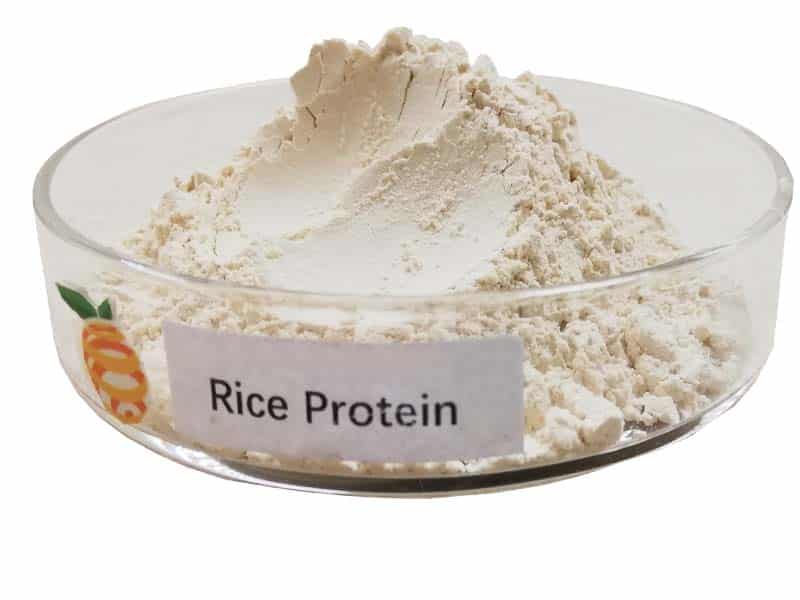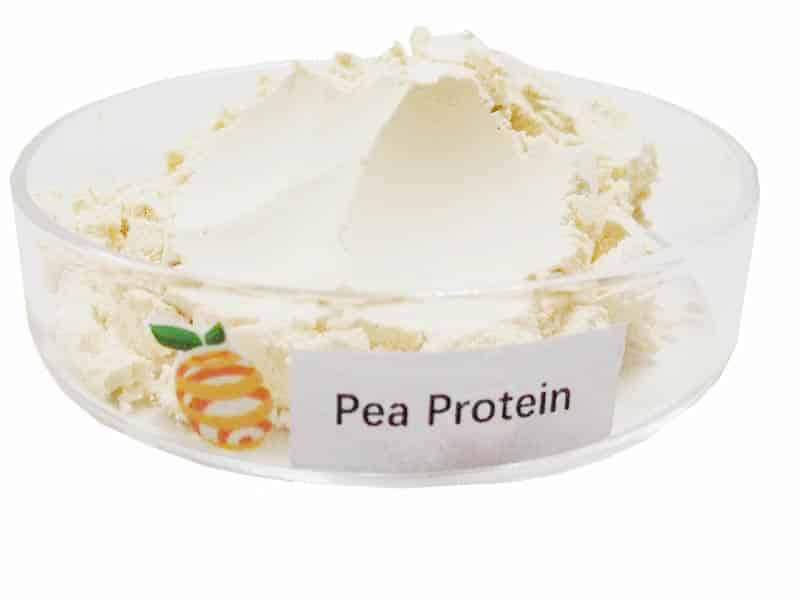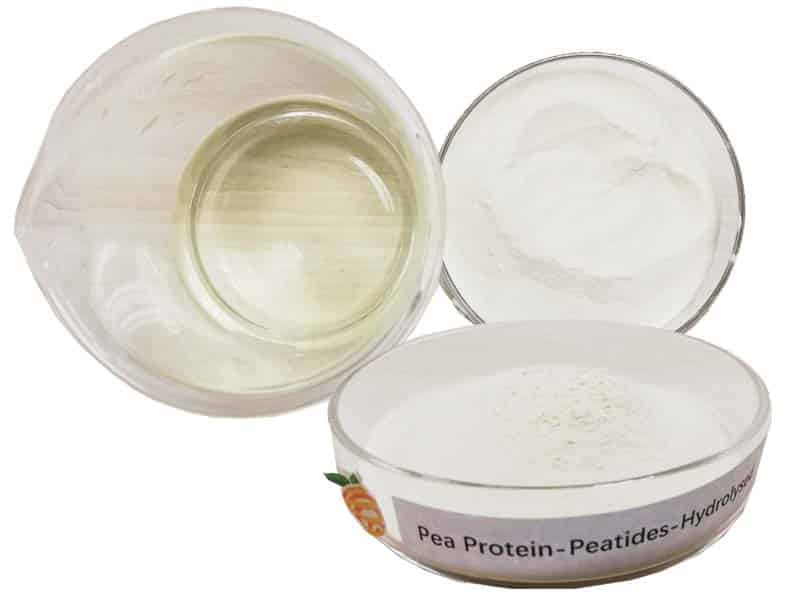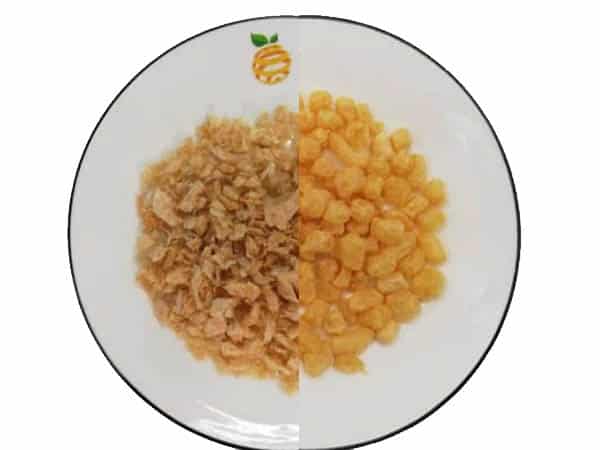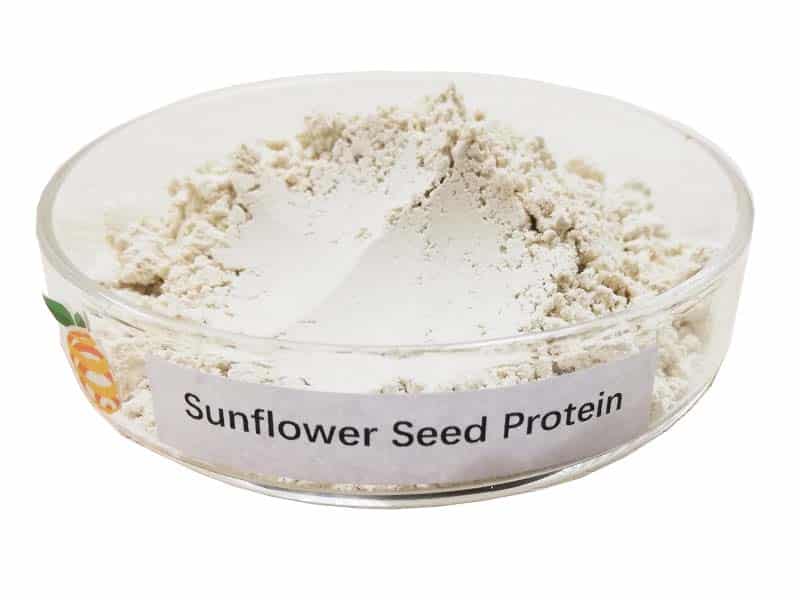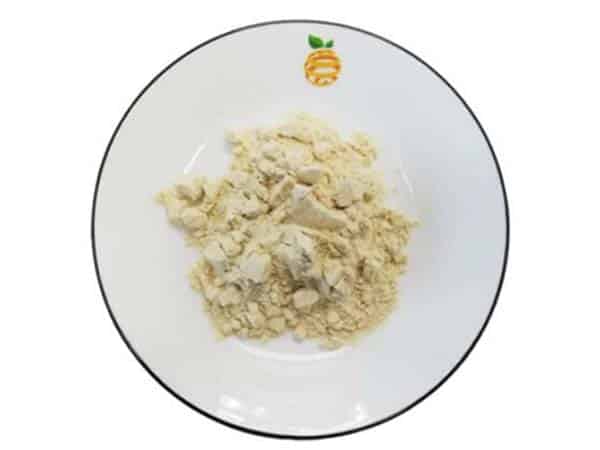Embracing Clean Label with ETprotein’s Pea Protein in the EU
Discover why ETprotein’s pea protein is a top clean label choice in the EU, blending natural ingredients with nutrition.
Introduction: In the quest for healthier, more natural food options, the concept of ‘clean label’ has become increasingly significant in the European Union (EU). Among the various ingredients gaining popularity under this trend is pea protein, known for its nutritional benefits and minimal processing. ETprotein’s pea protein stands as a prime example of this shift towards cleaner, more transparent food labelling in the EU.
1. What is Clean Label in the EU? EU Regulations Regarding Clean Label:
The clean label movement in the EU focuses on simple, natural, and fewer ingredients in food products. Key EU regulations governing clean label products include the Food Information Regulation, which mandates fair and non-misleading information practices, and the Health Claims Regulation, which controls nutritional and health claims on foodstuffs. Additionally, the Flavouring & Additive Regulation specifies what are considered as flavourings or additives, playing a crucial role in clean label standards.
2. What is Pea Protein?
Pea protein is a high-quality protein extracted from peas, known for being a sustainable, plant-based source of protein. It is increasingly used in a variety of food products, from dairy alternatives to protein bars, appealing to consumers looking for vegan, allergen-free, and environmentally friendly options.
3. Production Process of Pea Protein:
The production of pea protein involves cleaning and washing peas, grinding them into a powder, and then forming a slurry. This slurry undergoes enzymatic hydrolysis, followed by filtration and ultrafiltration to separate the pea protein from other components. Finally, the protein is concentrated and dried into a powder form. This process can vary, with methods like dry fractionation, wet fractionation, and ultrafiltration being used, each with its own advantages in terms of cost, purity, and nutrient preservation.
4. Why Pea Protein is Considered a Clean Label:
Pea protein aligns with the clean label criteria due to its natural sourcing, minimal processing, and lack of artificial additives. It is considered a natural product by consumers, with no genetically modified (GMO) peas being commercially grown. This attribute, along with its low allergenic features, makes pea protein a label-friendly ingredient.
5. ETprotein’s Commitment to Clean Label Pea Protein:
ETprotein’s pea protein embodies the principles of clean label in the EU. It is produced through environmentally friendly and sustainable methods, without the use of GMOs or unnecessary additives, making it an ideal choice for consumers and manufacturers alike who are looking for high-quality, clean label protein sources.
Conclusion:
In an era where food transparency and natural ingredients are paramount, pea protein stands out as a clean label ingredient. ETprotein’s commitment to producing high-quality, clean label pea protein aligns with the evolving consumer demands in the EU, making it a top choice for those seeking sustainable, plant-based protein options.




